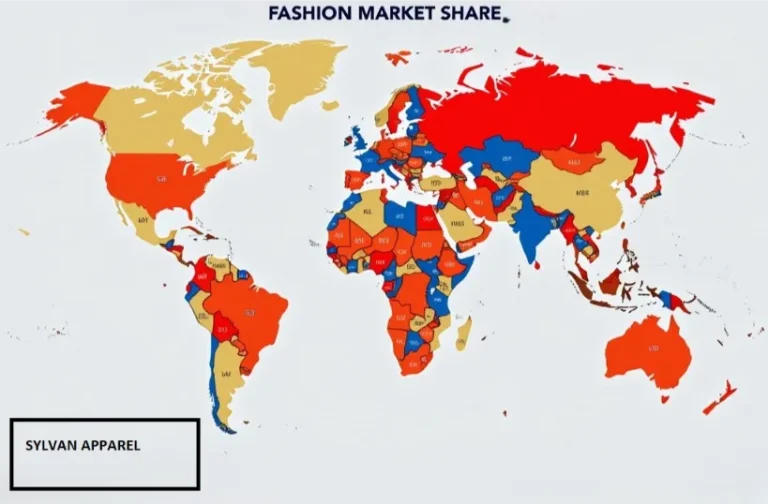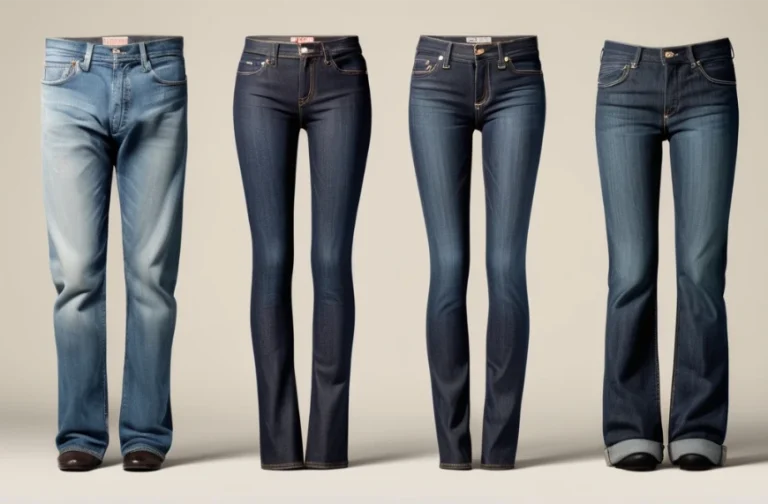How Many Clothes End Up in Landfill Each Year?
The global fashion industry is heavily influenced by fast fashion culture. This fast fashion industry has transformed consumer’s buying and disposing behaviour of used clothes.
The consumers play a significant role in the product life cycle from buying to the disposal of products.
After significant use, people treat the fashion items as disposable items. So that’s how once a significant product becomes a disposable product.
With a growing fast industry, This life cycle of disposable products has shrinked.
That means more people are buying products in larger quantities yet they dispose of the products quickly.
This is contributing to the global economy and also the recycling crisis. This fashion industry is pushing the environment to the edge.
The impact of disposable fashion items is increasing each year. Millions of tons are disposed of at disposal in the landfills. This is contributing to the overflow waste management.
This blog will understand how much clothing is discarded and its effect on the environment. We will also discuss how we can change this trajectory for the better.
How Many Clothes End up In Landfill Each Year?
According to a report from earth.org globally 92 million tons of textile waste is generated each year.
The fashion industry produces 100 billion garments annually with over 2.5 trillion dollars of market value. Most of the garments produced have a shorter life span. Almost 85% of all textiles end up in the landfills.
This staggering number suggests that about 81.5 pounds or around 37 KG of clothes go to the landfills each year.
In the United States alone, 17 million tons of textile waste is thrown away to the landfills. Which is equivalent to 100 items of clothing per person.
Why Do So Many Clothes End Up In Landfills?

There are several factors that contribute to this huge amount of textile waste produced and thrown out to the landfills each year.
Fast Fashion
Fast fashion refers to the rapid production of cheap, stylish clothing, to encourage the consumers to frequently buy the product.
This fast fashion industry uses cheap labor, and quick turn around production time to bring the product to the shelf.
The huge marketing budget is pushed by the fast fashion brands to encourage the consumers to buy more.
After a shorter amount of use, the consumers throw away the product.
This is also known as “throw away” culture. Much of the production is made with synthetic materials that are less durable.
Lack of Recycling
Some of the clothes are recycled and repurposed by the underdeveloped countries. But recycling and reusing the products is still tiresome for many of the users and consumers.
Simply tossing their clothes to the trash is easier. The trash and waste management does not promote recycling, upcycling the products.
The lack of infrastructure is also causing the recycling error. So, this recycling industry needs to develop.
Overproduction

The brands are looking for quick production and that is why they push their manufacturing plants to produce a product.
This also produces overproduction and over waste that is caused by mass consumerism trends.
Oftentimes cheap materials are used for overproduction. These low quality materials also don’t last long.
As a result, the consumers wear the product only a few times before the product goes out of style.
This is the true nature of fast fashion. The brands also keep the product quality intentionally low, pushing the consumers to buy the product frequently.
Trend Driven Culture
Fashion trends change quickly. Because of this, consumers believe that discarding perfectly good clothes is better than Buying a new clothes.
They think it is a good choice because they need to keep themself in style. This is also creating an endless loop of over consumption and over waste.
Environmental Impact of Textile Waste

Consequences of textile waste can determine the environmental impact. If we throw away the clothes and dump them in the landfills, it takes years to decompose.
Especially the synthetic fibers, It can take hundreds of years to break down.
Some of the synthetic fibers are responsible for greenhouse gas contributions. Because they come from fossil fuels like crude oil.
The physical impact of greenhouse gas is immense. Some of the impacts of textile waste include cotton waste and that releases methane and other greenhouse gas through the production process. Harmful chemicals pollute the soil and water.
The waste of polluted physical areas from The overproduction of clothing can also put a significant carbon footprint. It is said that 10% of global carbon emissions are responsible for the fashion industry.
That is more than air flight and shipping carbon emission combined. The production method of clothing requires use of chemicals, energy and water that also causes environmental degradation.
The production of cotton requires a huge amount of pesticides and fertilizers that can hinder the environment.
What are Some of the Ways to Reduce Textile Waste?

Reducing the textile wastes needs to follow significant practices. Especially if we want to reduce the clothing that ends up in landfills.
Require changes in consumer behavior and industry practices. Some of the steps we can take include buying less.
If the consumers buy less products than they are buying now, then they will require high quality products.
They need the product to last longer. That is an effective way to reduce textile waste.
Also opting for high quality products means the product will be durable and sustainable. This also requires a sustainable and ethical practice for manufacturing.
Recycling
Recycling old clothes can be a good way to repurposing products into a new item. Before discarding the old clothes, we need to use the clothes to make a new product.
Some of the brands are also offering take back programs. In that way, old clothes can be recycled into a new product.
Take Back
Vintage stores, online shops, deal shops and thrift shops offer second hand clothing. This second hand clothing is also a great alternative to waste reduction.
If you are looking to buy new clothes.
Repurchasing a used, pre-used item can help to extend the lifespan of garments items. This also reduces the demand for new production and overconsumption.
Sustainable Approach
More brands are looking for a sustainable approach to manufacturing. They look for embracing sustainable practice in their manufacturing process.
Some of the consumers are also pushing the sustainable process, fair labor practices, and ethical treatment of the workers.
This pushes the companies in the industry to responsible production. This also helps them become more responsible to the environment and society.
Extended Use
If the consumers wash clothes properly, then they can extend the life of their clothing. That means storing and washing the clothes properly can increase the life cycle of clothing and that can also significantly reduce the cheap placement of clothing. This can reduce textile waste.
Last words about wasted clothes
The amount of clothes that end up in the landfills are increasing day by day. That is also creating a continuous problem.
The problem is growing, as the fast fashion industry is also growing. That means these two have a significant connection.
More and more garments are embracing fast fashion trends and the solution to the fast fashion industry is recycling.
The waste management system needs to be addressed.
Over consumption and over production of the products also needs to be changed.
Sustainable practice and eco-friendly manufacturing process can help to reduce the fashion environment’s carbon footprint.







